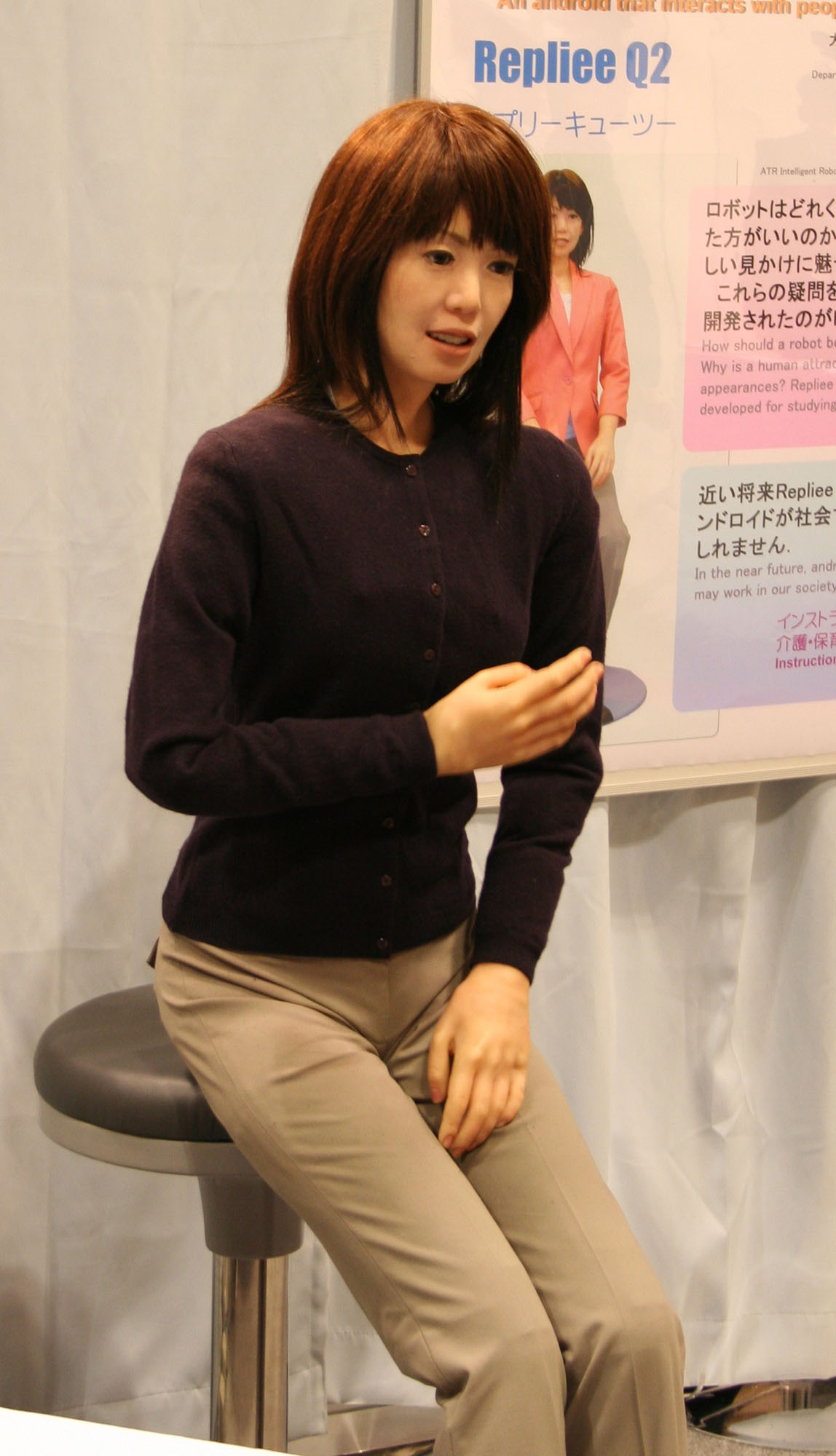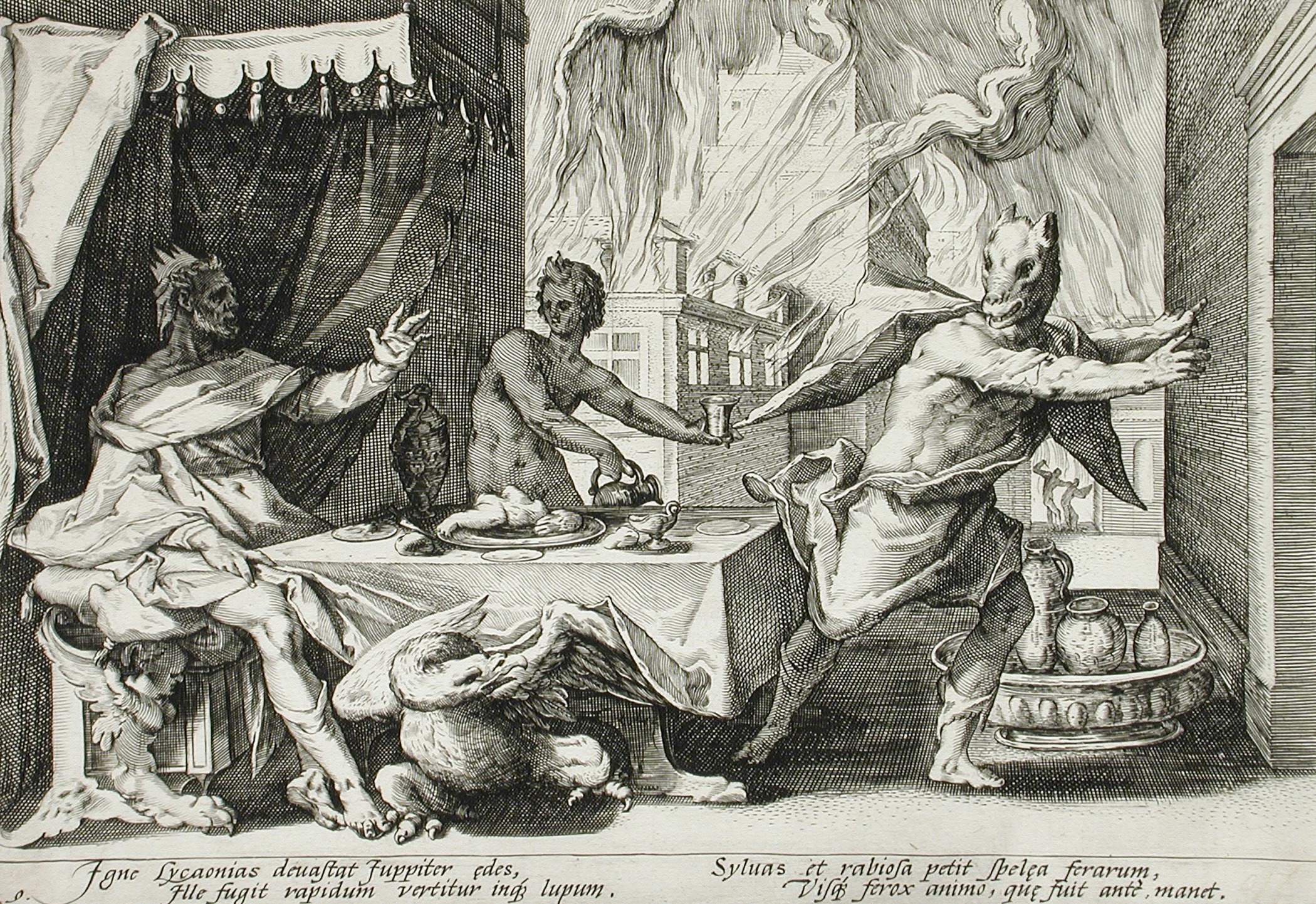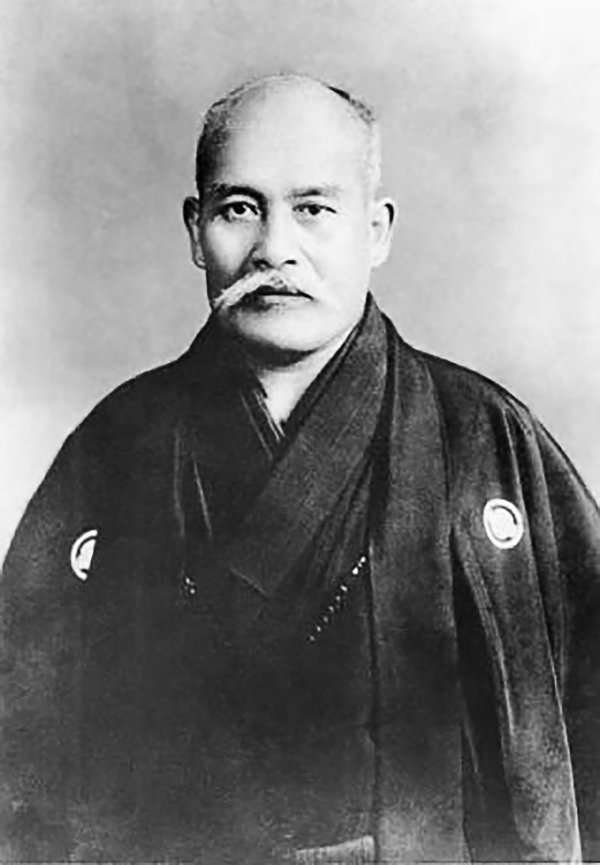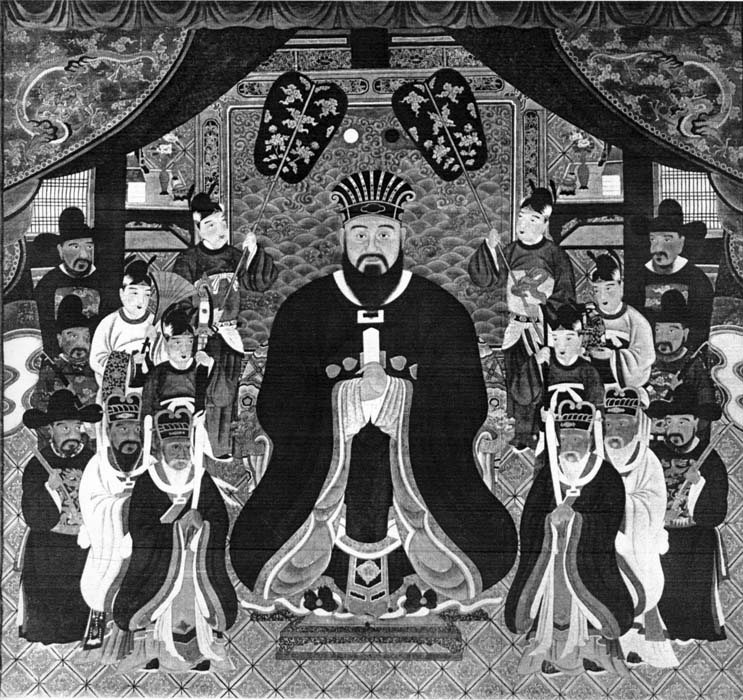|
The Destroyer (novel Series)
''The Destroyer'' is a series of paperback novels about a U.S. government operative named Remo Williams, originally by Warren Murphy and Richard Sapir. The first novel was published in 1971, although the manuscript was completed on June 25, 1963. Over 150 novels have been published. The main characters were adapted to film in '' Remo Williams: The Adventure Begins'' (1985). Authors The series was initially co-authored by Warren Murphy and Richard Sapir, with each writing a portion of each book separately. In the late 1970s, the relationship between the two became tense, and Sapir withdrew. In the early 1980s, Murphy began using ghostwriters to help with the series, among them his wife Molly Cochran. In the mid-1980s, Sapir returned to participating in the series. In the late 1980s, Will Murray took over the sole responsibility of writing the series with #74, having written several previous books with Murphy (and one with Cochran). After Sapir's death, Murray continued the ser ... [...More Info...] [...Related Items...] OR: [Wikipedia] [Google] [Baidu] |
Warren Murphy
Warren Burton Murphy (September 13, 1933 – September 4, 2015) was an American author, best known as the co-creator of '' The Destroyer'' series, the basis for the film '' Remo Williams: The Adventure Begins''. Early life Murphy was born in Jersey City, New Jersey, on September 13, 1933. He worked in journalism and politics until launching the Destroyer series with Richard Sapir in 1971. A screenwriter (''Lethal Weapon 2'', '' The Eiger Sanction'') as well as a novelist, his work won a dozen national awards, including multiple Edgars and Shamuses. He lectured at many colleges and universities. Writing Murphy was one of the authors of the screenplay for '' The Eiger Sanction'' in 1975, and also co-wrote (with series creator Shane Black) the original story for ''Lethal Weapon 2''. He is the author of the ''Trace'' and ''Digger'' series. With Molly Cochran, he completed two books of a planned trilogy revolving around the character "The Grandmaster": ''The Grandmaster'' (1984) a ... [...More Info...] [...Related Items...] OR: [Wikipedia] [Google] [Baidu] |
Frameup
In the United States criminal law, a frame-up (frameup) or setup is the act of falsely implicating (framing) someone in a crime by providing fabricated evidence or testimony. In British usage, to frame, stitch up, or fit-up, is to maliciously or dishonestly incriminate someone or set them up, in the sense trap or ensnare. While incriminating those who are innocent might be done out of sheer malice, framing is primarily used as a distraction. Generally, the person who is framing someone else is the actual perpetrator of the crime. In other cases it is an attempt by law enforcement to get around due process. Motives include getting rid of political dissidents or "correcting" what they see as the court's mistake. Some lawbreakers will try to claim they were framed as a defense strategy. Frameups may use conspiracy theories to hide the true crimes of the accused. Technique In labor disputes Frameups in labor disputes sometimes swing public opinion one way or the other. In Massac ... [...More Info...] [...Related Items...] OR: [Wikipedia] [Google] [Baidu] |
Android (robot)
An android is a humanoid robot or other artificial being, often made from a flesh-like material. Historically, androids existed only in the domain of science fiction and were frequently seen in film and television, but advances in robotics, robot technology have allowed the design of functional and realistic humanoid robots. Terminology The ''Oxford English Dictionary'' traces the earliest use (as "Androides") to Ephraim Chambers' 1728 ''Cyclopaedia, or an Universal Dictionary of Arts and Sciences, Cyclopaedia,'' in reference to an automaton that St. Albertus Magnus allegedly created. By the late 1700s, "androides", elaborate mechanical devices resembling humans performing human activities, were displayed in exhibit halls. The term "android" appears in US patents as early as 1863 in reference to miniature human-like toy automatons. The term ''android'' was used in a more modern sense by the French author Auguste Villiers de l'Isle-Adam in his work ''The Future Eve, Tomorrow's E ... [...More Info...] [...Related Items...] OR: [Wikipedia] [Google] [Baidu] |
Shapeshifting
In mythology, folklore and speculative fiction, shapeshifting is the ability to physically transform oneself through unnatural means. The idea of shapeshifting is found in the oldest forms of totemism and shamanism, as well as the oldest existent literature and Epic poetry, epic poems such as the ''Epic of Gilgamesh'' and the ''Iliad''. The concept remains a common literary device in modern fantasy, children's literature and popular culture. Examples of shapeshifters are vampires and werewolves. Folklore and mythology Popular shapeshifting creatures in folklore are werewolf, werewolves and vampires (mostly of European, Canadian, and Native American/early American origin), ichchhadhari naag (shape-shifting cobra) of India, shapeshifting fox spirits of East Asia such as the huli jing of China, the obake of Japan, the Navajo skin-walkers, and gods, goddesses and demons and demonesses such as the Norse mythology, Norse Loki or the Greek mythology, Greek Proteus. Shapeshifting to th ... [...More Info...] [...Related Items...] OR: [Wikipedia] [Google] [Baidu] |
Judo
is an unarmed gendai budō, modern Japanese martial art, combat sport, Olympic sport (since 1964), and the most prominent form of jacket wrestling competed internationally.『日本大百科全書』電子版【柔道】(CD-ROM version of Encyclopedia Nipponica, "Judo"). Judo was created in 1882 by Kanō Jigorō () as an eclectic martial art, distinguishing itself from its predecessors (primarily Tenjin Shin'yō-ryū, Tenjin Shinyo-ryu jujutsu and Kitō-ryū jujutsu) due to an emphasis on "randori" (, lit. 'free sparring') instead of alongside its removal of striking and weapon training elements. Judo rose to prominence for its dominance over Kodokan–Totsuka rivalry, established jujutsu schools in tournaments hosted by the Tokyo Metropolitan Police Department (警視庁武術大会, ''Keishicho Bujutsu Taikai''), resulting in its adoption as the department's primary martial art. A judo practitioner is called a , and the judo uniform is called . The objective of competitive ju ... [...More Info...] [...Related Items...] OR: [Wikipedia] [Google] [Baidu] |
Aikido
Aikido ( , , , ) is a gendai budō, modern Japanese martial art which is split into many different styles including Iwama Ryu, Iwama Shin Shin Aiki Shuren Kai, Shodokan Aikido, Yoshinkan, Renshinkai, Aikikai, and Ki Aikido. Aikido is now practiced in around 140 countries. It was originally developed by Morihei Ueshiba, as a synthesis of his martial studies, philosophy and religious beliefs. Ueshiba's goal was to create an art which practitioners could use to defend themselves against attacks, while also protecting the attackers from injury. Aikido is often translated as "the way of unifying (with) Qi, life energy" or as "the way of harmonious spirit". According to the founder's philosophy, the primary goal in the practice of aikido is to overcome oneself instead of cultivating violence or aggressiveness. Morihei Ueshiba used the phrase to refer to this principle. Aikido's fundamental principles include: (entering), , (breathing control), (triangular principle), and (turn ... [...More Info...] [...Related Items...] OR: [Wikipedia] [Google] [Baidu] |
Karate
(; ; Okinawan language, Okinawan pronunciation: ), also , is a martial arts, martial art developed in the Ryukyu Kingdom. It developed from the Okinawan martial arts, indigenous Ryukyuan martial arts (called , "hand"; ''tī'' in Okinawan) under the influence of Chinese martial arts. While modern karate is primarily a striking art that uses punches and kicks, traditional karate training also employs Throw (grappling), throwing and joint locking techniques. A karate practitioner is called a . Beginning in the 1300s, early Chinese martial arts, Chinese martial artists brought their techniques to Okinawa. Despite the Ryukyu Kingdom being turned into a puppet state by Japanese samurai in 1609, after the Invasion of Ryukyu, its cultural ties to China remained strong. Since Ryukyuans were banned from carrying swords under samurai rule, groups of young aristocrats created unarmed combat methods as a form of resistance, combining Chinese and local styles of martial arts. Training emph ... [...More Info...] [...Related Items...] OR: [Wikipedia] [Google] [Baidu] |
First-person Narrative
A first-person narrative (also known as a first-person perspective, voice, point of view, etc.) is a mode of storytelling in which a storyteller recounts events from that storyteller's own personal point of view, using first-person grammar such as "I", "me", "my", and "myself" (also, in plural form, "we", "us", etc.). It must be narrated by a first-person character, such as a protagonist (or other focal character), re-teller, witness, or peripheral character. Alternatively, in a visual storytelling medium (such as video, television, or film), the first-person perspective is a graphical perspective rendered through a character's visual field, so the camera is "seeing" out of a character's eyes. A classic example of a first-person protagonist narrator is Charlotte Brontë's '' Jane Eyre'' (1847), in which the title character is telling the story in which she herself is also the protagonist: "I could not unlove him now, merely because I found that he had ceased to notice me" ... [...More Info...] [...Related Items...] OR: [Wikipedia] [Google] [Baidu] |
Shiva
Shiva (; , ), also known as Mahadeva (; , , Help:IPA/Sanskrit, [mɐɦaːd̪eːʋɐh]) and Hara, is one of the Hindu deities, principal deities of Hinduism. He is the God in Hinduism, Supreme Being in Shaivism, one of the major traditions within Hinduism. Shiva is known as ''The Destroyer'' within the Trimurti, the Hinduism, Hindu trinity which also includes Brahma and Vishnu. In the Shaivite tradition, Shiva is the Supreme Lord who creates, protects and transforms the universe. In the goddess-oriented Shaktism, Shakta tradition, the Supreme Goddess (Devi) is regarded as the energy and creative power (Shakti) and the equal complementary partner of Shiva. Shiva is one of the five equivalent deities in Panchayatana puja of the Smarta Tradition, Smarta tradition of Hinduism. Shiva has many aspects, benevolent as well as fearsome. In benevolent aspects, he is depicted as an Omniscience, omniscient yogi who lives an Asceticism#Hinduism, ascetic life on Kailasa as well as a house ... [...More Info...] [...Related Items...] OR: [Wikipedia] [Google] [Baidu] |
Avatar
Avatar (, ; ) is a concept within Hinduism that in Sanskrit literally means . It signifies the material appearance or incarnation of a powerful deity, or spirit on Earth. The relative verb to "alight, to make one's appearance" is sometimes used to refer to any guru or revered human being. The word ''avatar'' does not appear in the Vedic literature; however, it appears in developed forms in post-Vedic literature, and as a noun particularly in the Puranic literature after the 6th century CE. Despite that, the concept of an avatar is compatible with the content of the Vedic literature like the Upanishads as it is symbolic imagery of the Saguna Brahman concept in the philosophy of Hinduism. The ''Rigveda'' describes Indra as endowed with a mysterious power of assuming any form at will. The ''Bhagavad Gita'' expounds the doctrine of Avatara but with terms other than ''avatar''. Theologically, the term is most often associated with the Hindu god Vishnu, though the idea has been ... [...More Info...] [...Related Items...] OR: [Wikipedia] [Google] [Baidu] |
Sinanju (martial Art)
Sinanju is a fictitious Korean martial art (the "Sun Source" of all martial arts) of the cult paperback book series '' The Destroyer'', by Warren Murphy and Richard Sapir. The Destroyer series lampoons politicians, politics, and other adventure novels, and features gory violence on evildoers, martial art adventures and more. Background After a faked execution, the protagonist, ex-cop Remo Williams, is recruited by a secret U.S. organization, CURE, for missions that must be handled covertly outside the boundaries of other U.S. organizations. Remo is taught Sinanju by Chiun, the reigning Master of Sinanju, who, besides being the world's greatest assassin, acts as a mentor, nutritionist, and linguist, and is a soap opera fan. Remo is also believed to be the incarnation of Shiva "the destroyer" whose mission is to destroy evil. History of Sinanju Chiun comes from a long line of hired assassins called the House of Sinanju that has pursued its trade since before the time of the pha ... [...More Info...] [...Related Items...] OR: [Wikipedia] [Google] [Baidu] |
World War II
World War II or the Second World War (1 September 1939 – 2 September 1945) was a World war, global conflict between two coalitions: the Allies of World War II, Allies and the Axis powers. World War II by country, Nearly all of the world's countries participated, with many nations mobilising all resources in pursuit of total war. Tanks in World War II, Tanks and Air warfare of World War II, aircraft played major roles, enabling the strategic bombing of cities and delivery of the Atomic bombings of Hiroshima and Nagasaki, first and only nuclear weapons ever used in war. World War II is the List of wars by death toll, deadliest conflict in history, causing World War II casualties, the death of 70 to 85 million people, more than half of whom were civilians. Millions died in genocides, including the Holocaust, and by massacres, starvation, and disease. After the Allied victory, Allied-occupied Germany, Germany, Allied-occupied Austria, Austria, Occupation of Japan, Japan, a ... [...More Info...] [...Related Items...] OR: [Wikipedia] [Google] [Baidu] |







